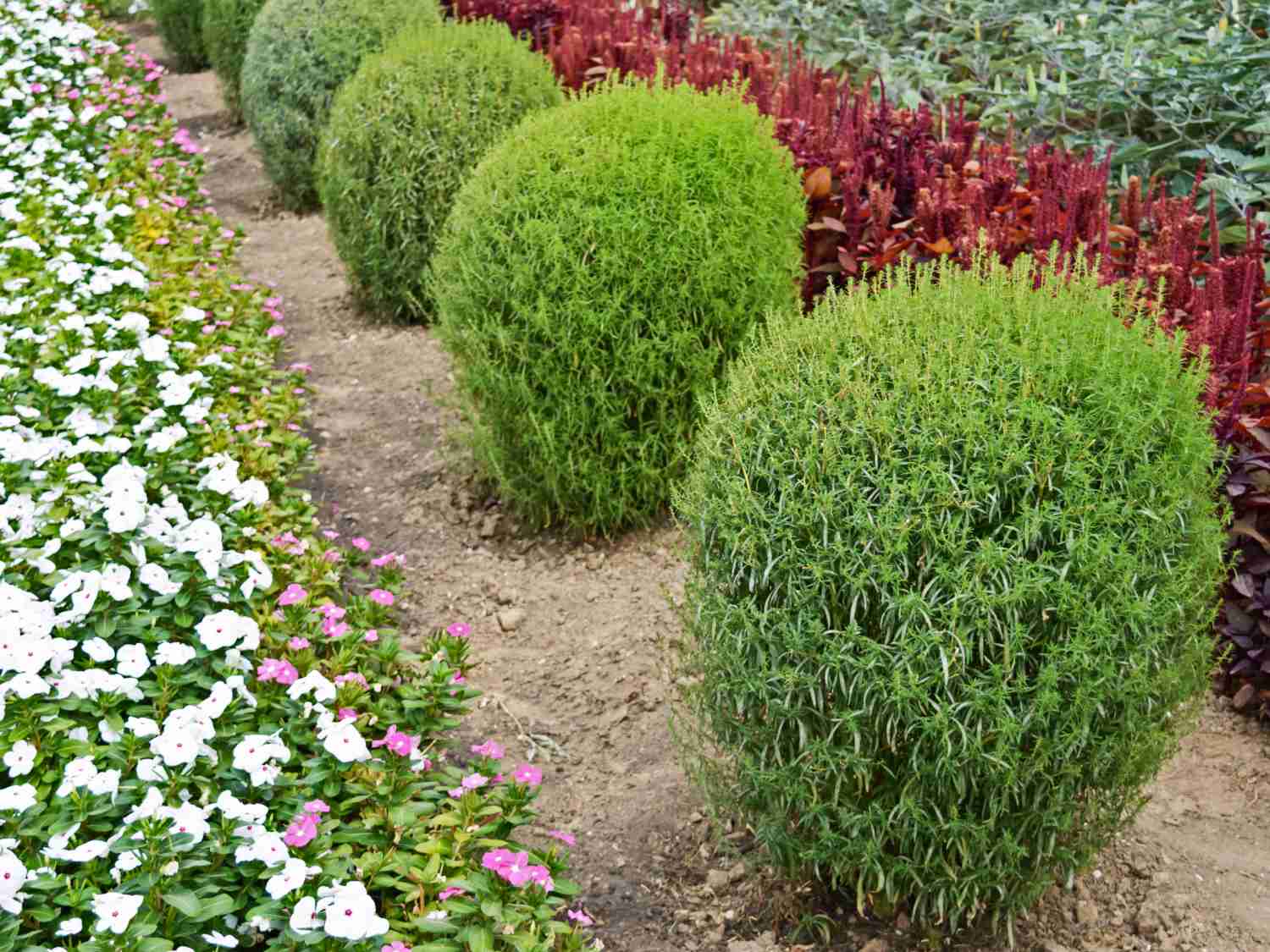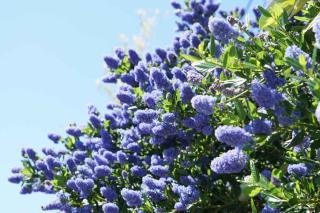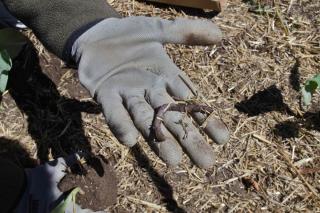Did you know that a hedge does much more than just protect us from neighbors, wind and noise?
If you increase the diversity of species used in the hedge, you will reduce the risk of seeing diseases and pests spreading across your garden.
When you let the hedge develop freely and when you plant lots of different species, you create what is called a free or freestyle hedge. The more diverse it is, the less disease issues you’ll face in the garden!
→ Read also: defensive hedge to keep intruders out
Increasing diversity reduces risk of diseases…
A hedge made from different species and shrub varieties is virtually immune to disease.
- Each shrub boasts special assets that help it repel one or more parasites, fungus and other diseases.
- If you multiply the types of shrubs, you’ll wreck havoc in your garden invader’s battle plans. Pests will choose the easy way of simply going to a neighbor’s place that is more to its taste, where single-species hedges will be all the more attractive.

- If you choose a selection of flowering shrubs, you will attract a great number of helper insects, birds and other garden friends that play an important role in the local ecosystem and love eating such things as slugs, snails, aphids and other plant enemies.
There are many options to create a flowered hedge. Here a few good ideas of great shrubs that flower beautifully in hedges.
Creating a hedge is important
Selecting the right species is the most critical step. Then comes the planting itself. The more different trees you plant, the better your hedge will look, and the more alive it’ll be!
- Choose shrubs that are already growing in your area, they will tend to be more resilient.
- Make the hedge as diverse as possible. Sometimes planting two shrubs of a same variety next to each other makes for a nice treat.
- Follow pruning tips to boost blooming.
- Upon planting, avoid planting along a single straight line, but align your shrubs alternately along two rows 32 inches (80 cm) apart, to look like the edge of a saw.
- Read all our tips on how to set up a mixed hedge.
→ Read also on shrubs:
- Refer to our guidelines on how to prune shrubs right
- Calendar showing when shrubs bloom
- Fighting aphids
- Fighting scale insects
- Fighting caterpillars
- Bordeaux mixture





I have a question
Ask my questionI'd like to comment
Post a commentNo comments yet – be the first to share your thoughts!